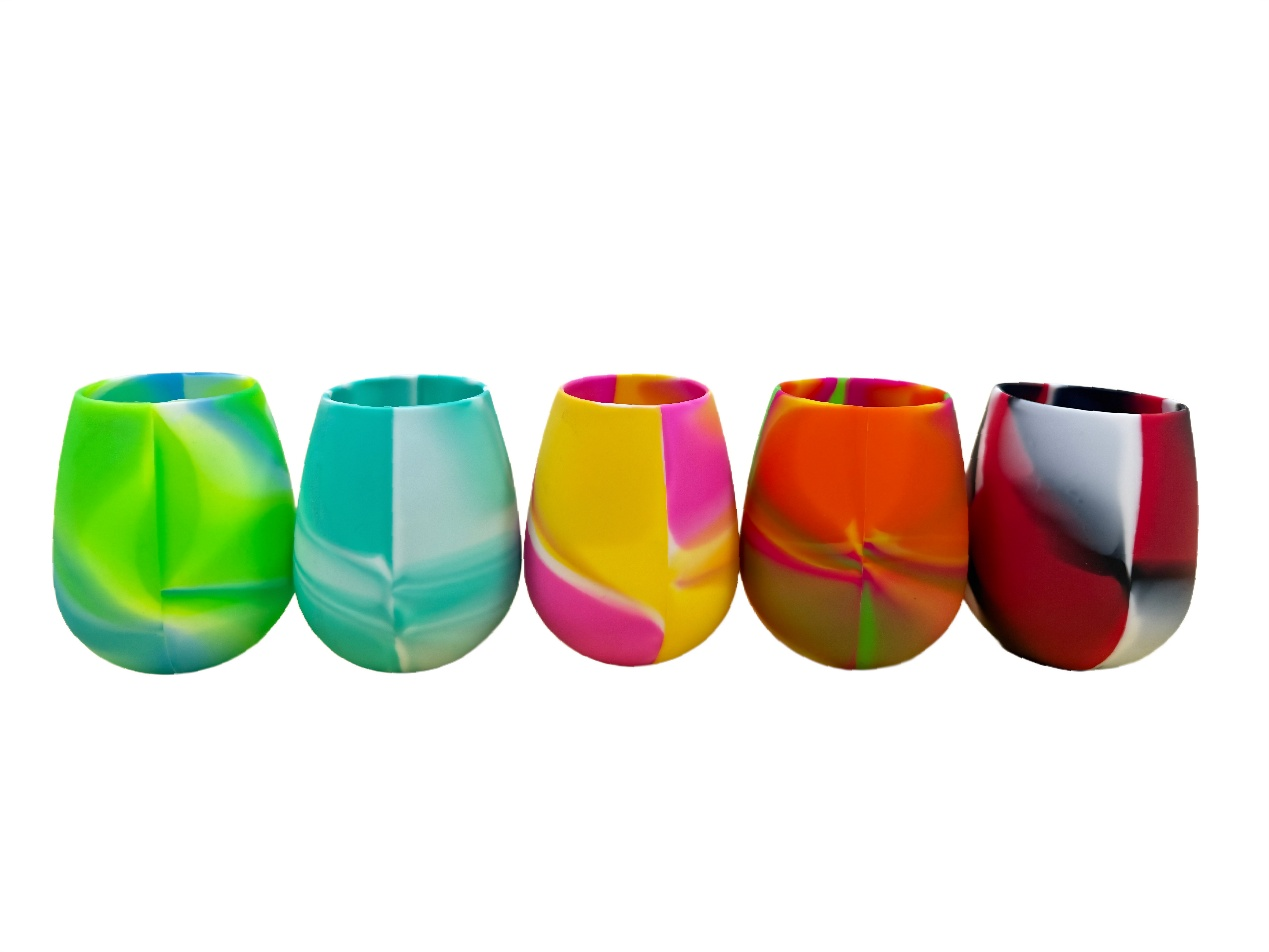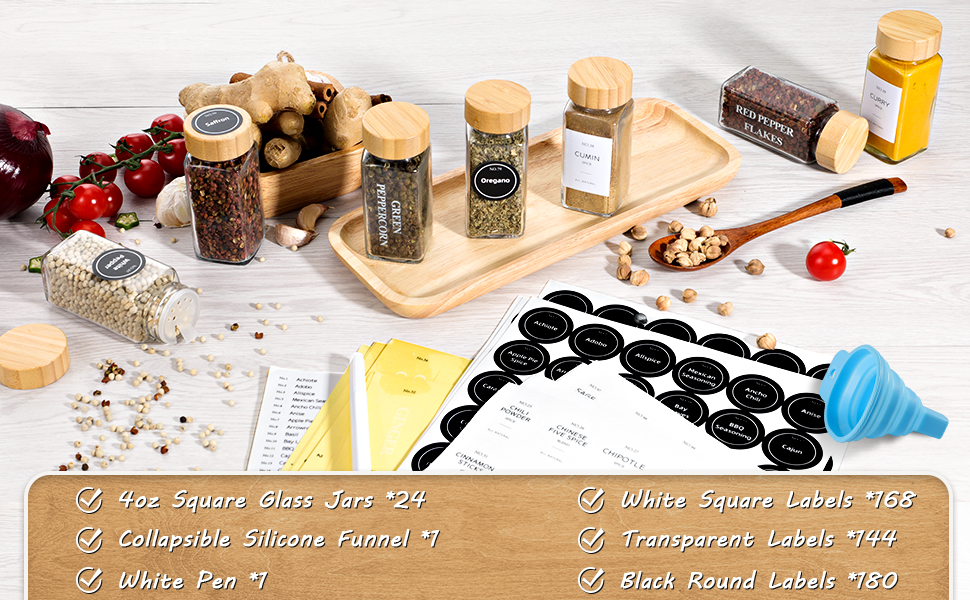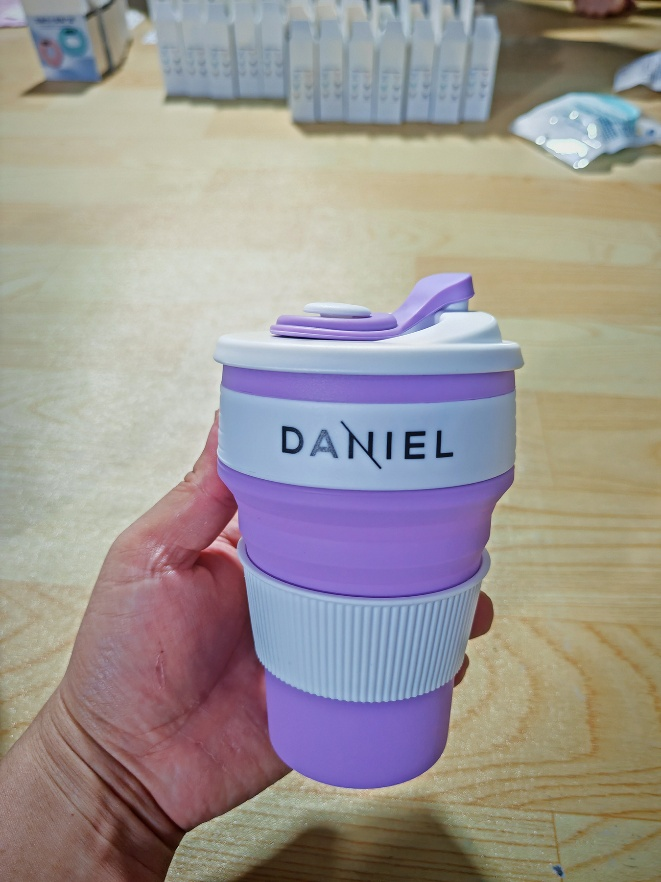A rotary furnace is a barrel-shaped instrument that is rotated around its axis when performing heat treatment. These instruments are tilted slightly to allow the sample under heat treatment to be passed from one end of the barrel to the other. This sample transfer occurs as the rotary furnace rotates, and this rotation can also induce some mixing or stirring of the sample.
When the rotary furnace is in operation, hot gases pass through the chamber to perform the heat treatment. Generally, the hot gases pass through in the opposite direction than the sample, but depending on the application requirements they can also pass through in the same direction.
ROTARY FURNACE COMPONENTS
Rotary furnaces consist of some basic components, including the furnace body, the furnace lining, the drive gear, and internal heat source.
The furnace body in a rotary furnace is generally made from steel plate and welded to form the barrel, which can be up to 230 m in length. The length of the furnace body can vary dramatically depending on the application, however, it becomes harder to maintain a uniform temperature throughout the chamber the longer the furnace.
The furnace lining is generally made from a refractory material to ensure that the steel body is insulated from the extremely high temperatures generated inside the furnace. A refractory lining also provides the rotary furnace with protection against corrosion. The refractory used can be bricks, cement, or moldable, depending on the application requirements. Typically, all refractories can withstand temperatures of up to 1000oC.
The drive gear is the component that rotates a rotary furnace, although this can sometimes be replaced with driven rollers. For a rotary furnace to have a variable rotation speed, the drive gear needs to have a variable speed drive to control this.
Depending on the application requirements, the internal heat source can be gas or electric. These heat sources can be driven by conduction, convection, or radiation.
ROTARY FURNACE APPLICATIONS
There is a range of heat treatments that can be performed in a rotary furnace, including oxidation, to reduce the number of electrons in a sample. Calcination is a popular application of rotary furnaces, which is the process of inducing thermal decomposition.
ROTARY FURNACES FROM THERMCRAFT
Thermcraft have been manufacturing industrial furnaces since 1971. We have a range of quick-ship furnaces and can also build custom solutions.
We can build rotary furnaces for a range of applications, and if you would like any more information about our products, please contact us。


 English
English Español
Español Português
Português русский
русский français
français 日本語
日本語 Deutsch
Deutsch Tiếng Việt
Tiếng Việt Italiano
Italiano Nederlands
Nederlands ไทย
ไทย Polski
Polski 한국어
한국어 Svenska
Svenska magyar
magyar Malay
Malay বাংলা
বাংলা Dansk
Dansk Suomi
Suomi हिन्दी
हिन्दी Pilipino
Pilipino Türk
Türk Gaeilge
Gaeilge عربى
عربى Indonesia
Indonesia norsk
norsk اردو
اردو čeština
čeština Ελληνικά
Ελληνικά Українська
Українська Javanese
Javanese فارسی
فارسی தமிழ்
தமிழ் తెలుగు
తెలుగు नेपाली
नेपाली Burmese
Burmese български
български ລາວ
ລາວ Latine
Latine Қазақ
Қазақ Euskal
Euskal Azərbaycan
Azərbaycan slovenský
slovenský Македонски
Македонски Lietuvos
Lietuvos Eesti Keel
Eesti Keel Română
Română Slovenski
Slovenski मराठी
मराठी Српски
Српски 简体中文
简体中文 Esperanto
Esperanto Afrikaans
Afrikaans Català
Català עִברִית
עִברִית Cymraeg
Cymraeg Galego
Galego 繁体中文
繁体中文 Latvietis
Latvietis icelandic
icelandic יידיש
יידיש Беларус
Беларус Hrvatski
Hrvatski Kreyòl ayisyen
Kreyòl ayisyen Shqiptar
Shqiptar Malti
Malti lugha ya Kiswahili
lugha ya Kiswahili አማርኛ
አማርኛ Bosanski
Bosanski Frysk
Frysk ជនជាតិខ្មែរ
ជនជាតិខ្មែរ ქართული
ქართული ગુજરાતી
ગુજરાતી Hausa
Hausa Кыргыз тили
Кыргыз тили ಕನ್ನಡ
ಕನ್ನಡ Corsa
Corsa Kurdî
Kurdî മലയാളം
മലയാളം Maori
Maori Монгол хэл
Монгол хэл Hmong
Hmong IsiXhosa
IsiXhosa Zulu
Zulu Punjabi
Punjabi پښتو
پښتو Chichewa
Chichewa Samoa
Samoa Sesotho
Sesotho සිංහල
සිංහල Gàidhlig
Gàidhlig Cebuano
Cebuano Somali
Somali Точик
Точик O'zbek
O'zbek Hawaiian
Hawaiian سنڌي
سنڌي Shinra
Shinra հայերեն
հայերեն Igbo
Igbo Sundanese
Sundanese Lëtzebuergesch
Lëtzebuergesch Malagasy
Malagasy Yoruba
Yoruba









